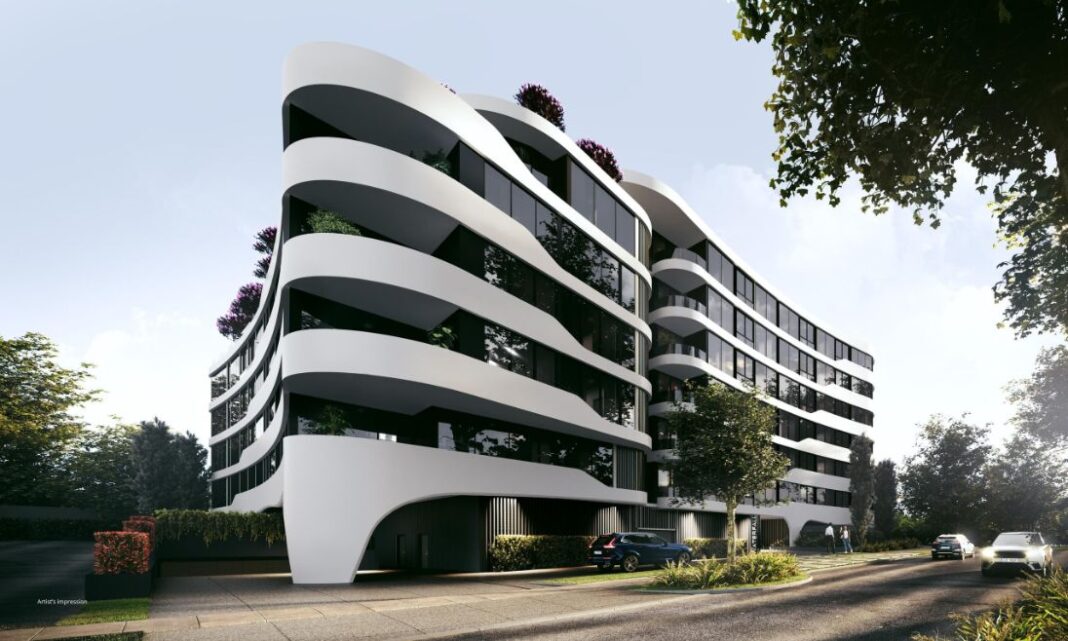New development tends to evoke strong responses from the community. Looking at media articles posted on the internet promoting upcoming community consultations, it becomes evident some people either do not want to, or are unwilling to, participate in change. This causes a potentially adversarial dilemma where property developers seek to achieve highest and best use for their sites and the community seeks to moderate their approval outcomes.
Canberra’s population requires a diverse range of housing options which accommodate our rapidly evolving lifestyle preferences. Twenty to 30 years ago it was realistic to think people would mostly want to reside in free-standing homes on large blocks. Now, large apartments loaded with high-level inclusions located close to lifestyle amenities are in significant demand, evidenced by a recently released report by CommSec which found the average size of a multi-unit dwelling in Canberra had increased by 40.2% in the last 12 months.
In my experience, public objections towards new developments incorrectly focus their attention on height and number of dwellings. It begs the question: are 4.5m wide, three-storey townhouses designed to have living areas above tandem garaging really a better design outcome than a similarly sized, single-level apartment which will likely have higher level inclusions? Assuming the apartment is not on the ground floor with a big courtyard, both would have a balcony, however, the apartment would be far easier to furnish.
Are developers of townhouses like the narrow, three-storey one described above who pitch their product to the affordable end of the market creating better community outcomes than a beautiful, architecturally designed apartment building with three times the number of dwellings? I believe this is the conversation we are not having, and we need to.
Molonglo Falls in Coombs makes a great case study for this thinking. The developer, Zapari, proposed increasing the number of dwellings in return for delivering the highest quality building in Molonglo Valley. Once approved, additional dwellings made investing in a Cox Architecture design with multiple resident amenities commercially viable.
Purchasers from the area drove initial sales. Their feedback perceived the offering as comparable to, if not better than, projects in Kingston or Canberra City, at a fraction of the price. Molonglo Falls’ positive impact spans multiple generations. Parents and grandparents have been able to secure large low-maintenance homes in the area they are familiar with, new families are upgrading to larger homes with more outdoor space, and first home buyers can stay close to their family support.
Seeing how these buildings can enable people to realise their dreams of more certainty, more space or more time is very rewarding. This is why I believe our communities need to adopt a merit-based approach to considering new development proposals or risk being trapped in a doom loop, stifling innovation.
With Sam Dodimead, local property professional and host of Canberra Property Podcast where you can get to know the consultants contributing toward deliver of new buildings. Stream from wherever you listen to podcasts.
Editor’s note: Sam Dodimead is a selling agent for Zapari’s Molonglo Falls development in Coombs.
Find more property news and listings at Canberra Daily Real Estate.



